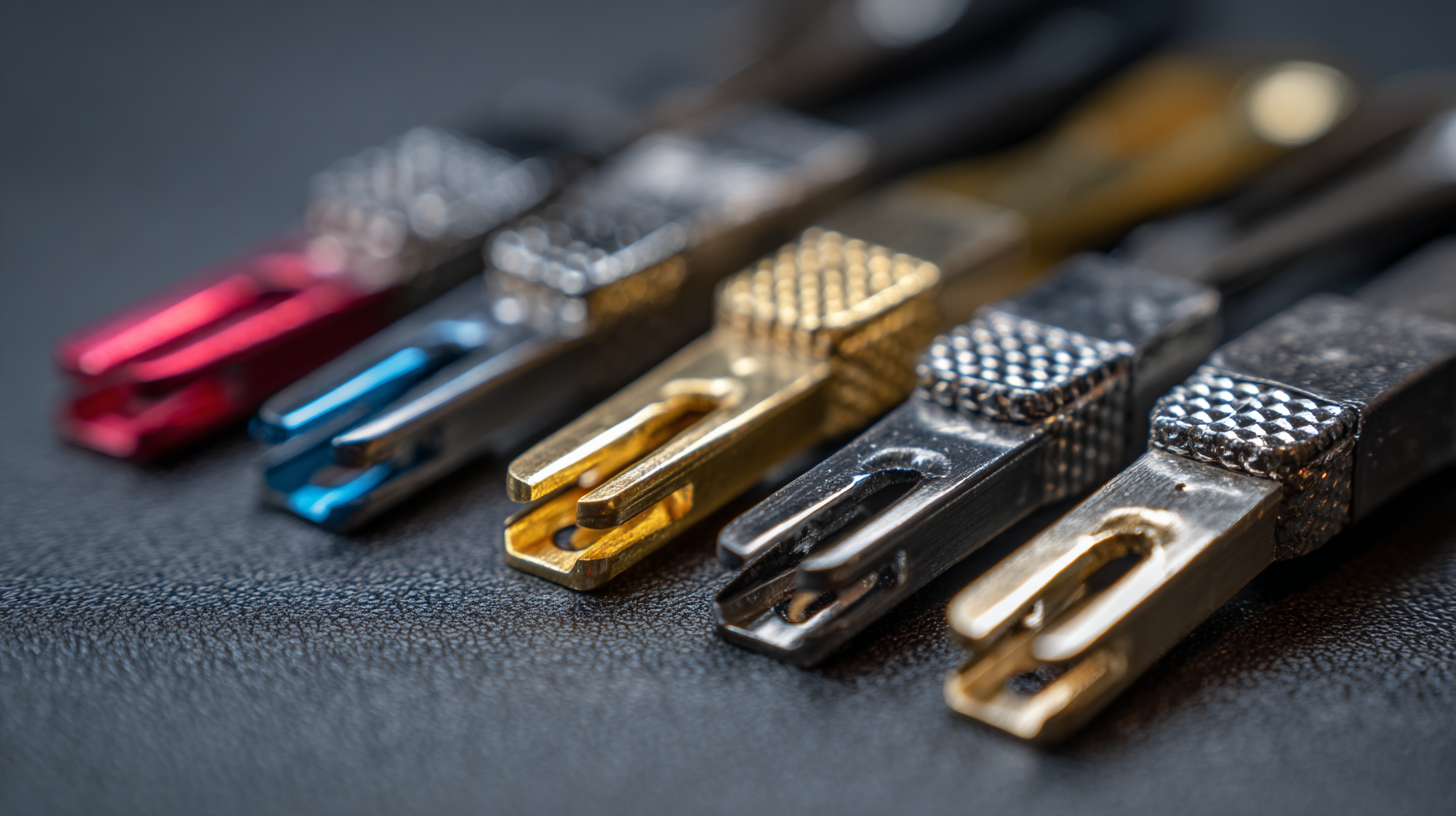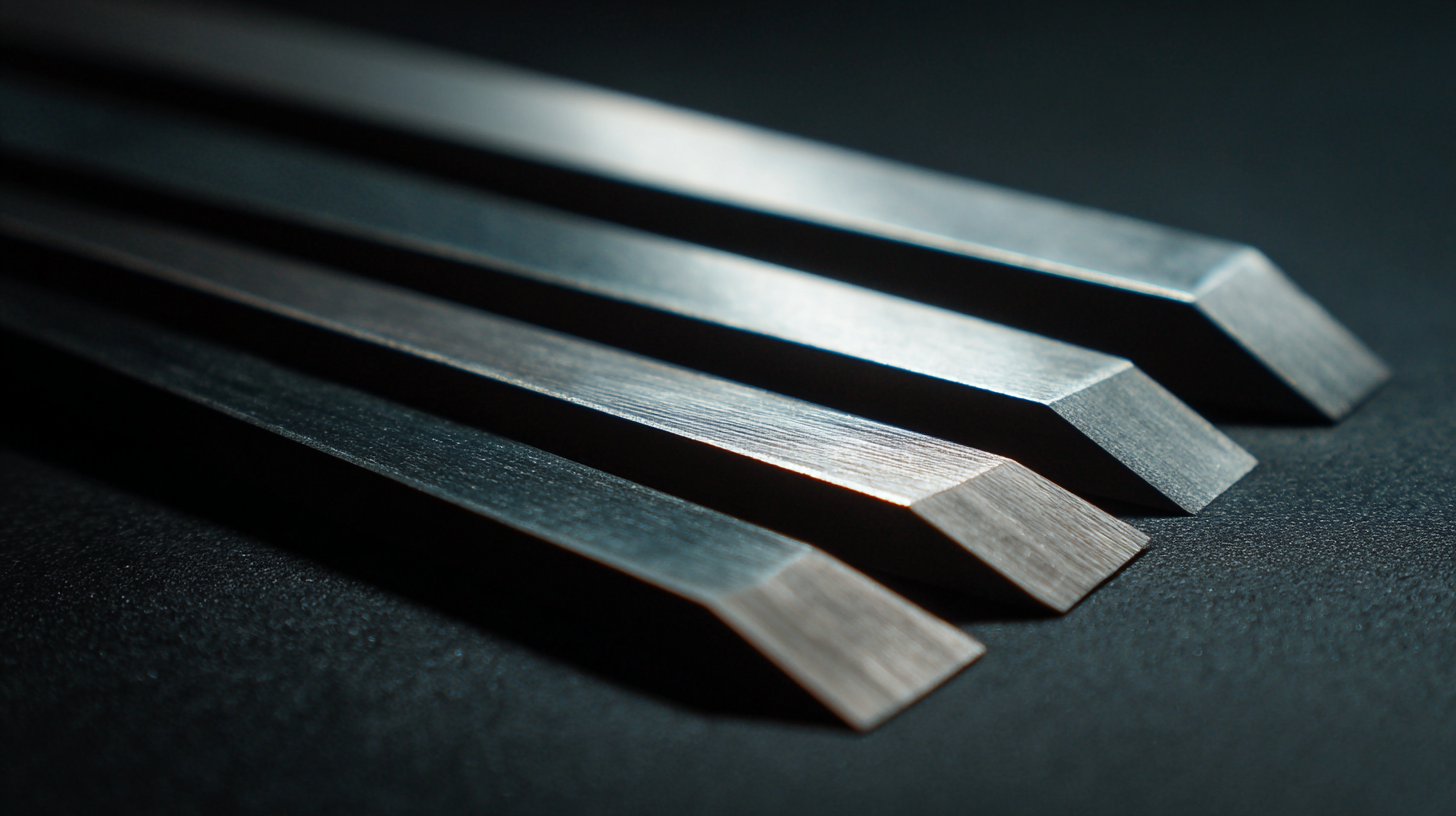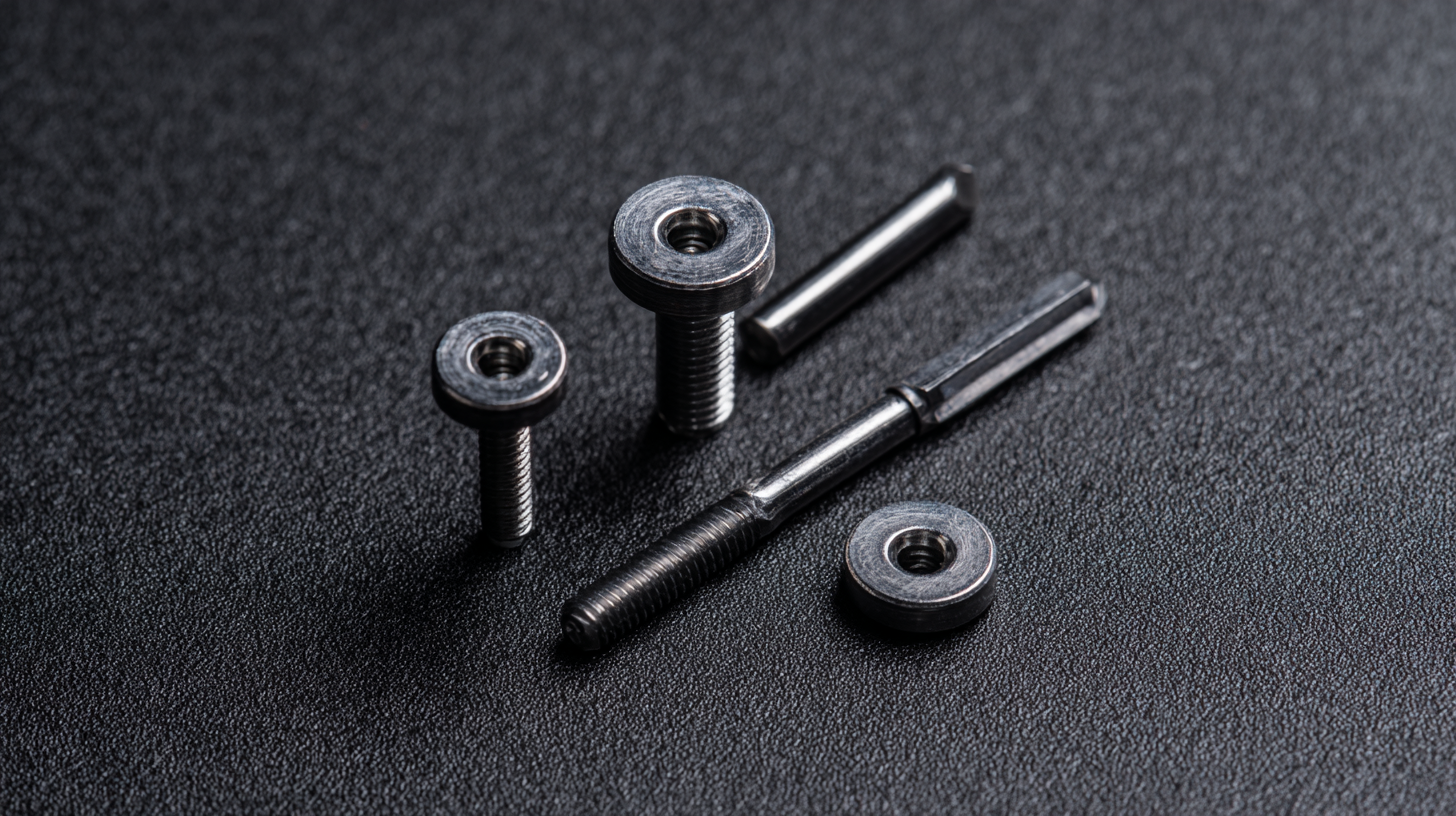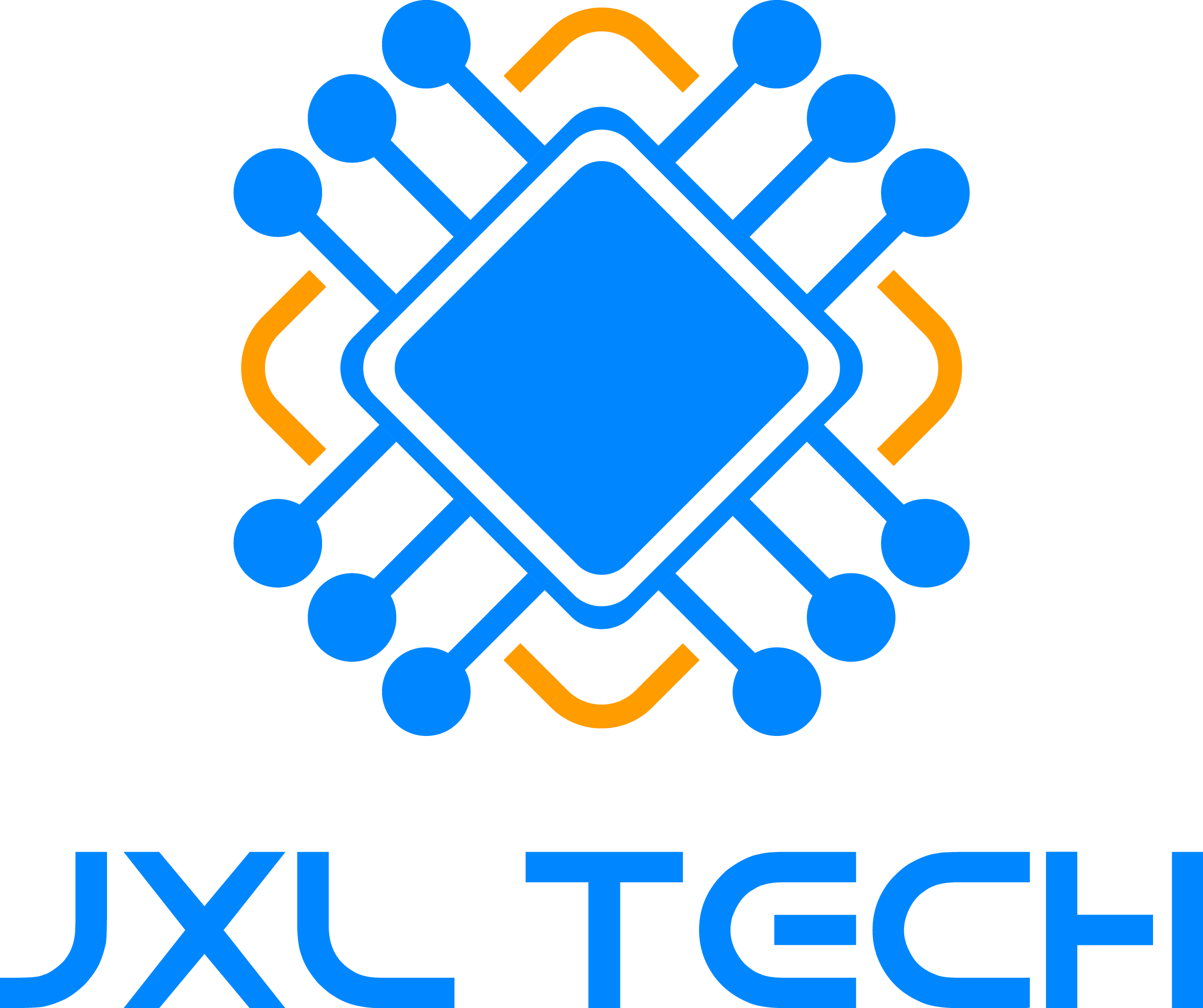In the world of semiconductor packaging, the performance and reliability of Wedge Bonding Tools are critical factors that can significantly impact the overall manufacturing process. While traditional tools have served their purpose over the years, there is a growing demand for innovative alternatives that can enhance efficiency and quality. This blog will delve into unique options sourced from the finest manufacturing facilities in China, exploring how these advanced tools can not only optimize wedge bonding processes but also address common challenges faced by engineers and manufacturers. By embracing these alternatives, businesses can stay ahead of the curve in an ever-evolving industry, ensuring top-notch performance and competitive advantage in their production lines. Join us as we uncover the potential of these cutting-edge Wedge Bonding Tools that promise to reshape the future of electronic assembly.

Wedge bonding has long been a favored technique in microelectronics for connecting wires to semiconductor devices. However, traditional wedge bonding tools often come with inherent limitations that can hinder performance and efficiency. One significant drawback is their sensitivity to material variations. Different wire materials and configurations may require specific bonding techniques, and conventional tools may not accommodate these variations effectively, leading to inconsistent results.

Another limitation lies in the precision and control required during the bonding process. Traditional tools often struggle to maintain optimal pressure and temperature during bonding, which can result in weak joints or even damage to sensitive components. This lack of adaptability can further constrain manufacturing processes, forcing engineers to compromise on design choices or quality.
As the demand for more advanced and reliable electronic devices grows, the need for innovative solutions becomes clear. Exploring alternatives to traditional wedge bonding tools, such as ultrasonic or laser bonding technologies, could offer better performance and greater flexibility. By addressing the limitations of existing tools, manufacturers can improve bonding accuracy and enhance the overall reliability of their products.
In the quest for enhanced wedge bonding performance, researchers are increasingly looking towards innovative materials that provide unique advantages over traditional options. One promising area of study involves the investigation of palladium-coated copper wire, where the distribution of palladium over the free air ball significantly influences the ball's shear strength. The findings suggest that optimizing this distribution could lead to more robust and reliable interconnects in electronic devices, ultimately improving overall device performance.
Furthermore, the current-induced mass transformation observed in silver alloy wire bonding systems reveals critical insights into bonding interface evolution under high current density conditions. This intricate behavior is particularly relevant in chip-side applications, where understanding the polarity effect can pave the way for more efficient bonding techniques. As the field of materials science continues to advance, these discoveries highlight the importance of tailored materials and methods in achieving superior wedge bonding outcomes, setting the stage for next-generation electronic applications.
In the rapidly evolving landscape of semiconductor manufacturing, the demand for high-performance bonding technologies has prompted a surge in innovation beyond the traditional wedge bonding tools. This comparative analysis delves into alternative bonding methods such as laser soldering and thermosonic bonding, highlighting their potential to enhance operational efficiency and product reliability. According to a report by MarketsandMarkets, the global market for advanced bonding technologies is projected to reach $1.23 billion by 2025, demonstrating a significant shift towards methods that provide superior precision and flexibility.
Laser soldering, for instance, leverages focused laser energy to create precise and clean connections, minimizing thermal stress on sensitive components. This technique has been shown to reduce production times by up to 30%, as indicated in a study by Yole Développement. Furthermore, thermosonic bonding technologies, which combine heat and ultrasonic energy, have gained traction due to their ability to create strong bonds at lower temperatures. This flexibility not only conserves energy but also enhances product durability in high-performance applications, addressing the growing need for sustainable manufacturing processes. As these alternative bonding technologies continue to evolve, they present invaluable opportunities for companies aiming to maintain a competitive edge in a demanding market.
In the evolving landscape of semiconductor packaging, selecting the right wedge bonding tool is crucial for enhancing performance and efficiency. When exploring next-gen bonding tools, it’s vital to consider key features that can significantly impact the quality and reliability of the bonding process. According to a report from Market Research Future, the global market for wedge bonding tools is projected to grow at a CAGR of approximately 6.2% between 2021 and 2028, highlighting the increasing demand for advanced technology in this sector.
One essential feature to look for in modern wedge bonding tools is precision control. Advanced models equipped with real-time feedback systems and automated calibration capabilities can significantly improve bond consistency. Research from the Institute of Electrical and Electronics Engineers (IEEE) indicates that precision bonding can reduce defects by up to 30%, directly influencing the longevity of semiconductor components. Additionally, tools that offer versatility in wire sizes and materials provide manufacturers with the flexibility to adapt to different applications, thereby improving operational efficiency. As the industry moves towards miniaturization and increased performance requirements, these attributes in wedge bonding tools will set the foundation for the next generation of semiconductor packaging solutions.

The exploration of alternative bonding solutions has emerged as a critical focus for enhancing performance in sectors reliant on effective connections. Case studies show that unconventional bonding tools are yielding impressive results, enabling organizations to overcome limitations associated with traditional wedge bonding methods. In particular, the integration of advanced materials and innovative techniques has facilitated greater flexibility and efficiency in various applications.
One compelling example comes from the financial sector, where the tokenization of assets has transformed investment strategies. Organizations leveraging alternative bonding tools can secure and connect diversified financial assets, thus optimizing their portfolios. This shift not only enhances performance but also creates new opportunities for collaboration across sectors, highlighting the innovative spirit inherent in adopting alternative solutions. Furthermore, the emphasis on sustainability through hybrid renewable energy systems showcases how these methods can yield significant returns when paired with effective bonding technologies, emphasizing the interconnectedness of diverse sectors in driving performance.
| Alternative Tool | Industry Application | Key Benefits | Case Study Example |
|---|---|---|---|
| Ultrasonic Bonding Tool | Medical Devices | Precision, Reduced Heat | Improved device integrity in heart pacemakers |
| Laser Bonding Tool | Aerospace | Minimal thermal distortion | Enhanced performance in satellite communications |
| Thermal Compression Tool | Consumer Electronics | Higher bond strength | Successful integration in smartphone circuitry |
| Pico Bonding System | Automotive | Compact, efficient for small components | Improved sensor placement in automated vehicles |
| Hybrid Bonding System | Telecommunications | Versatile for different materials | Success in high-speed internet infrastructure |
